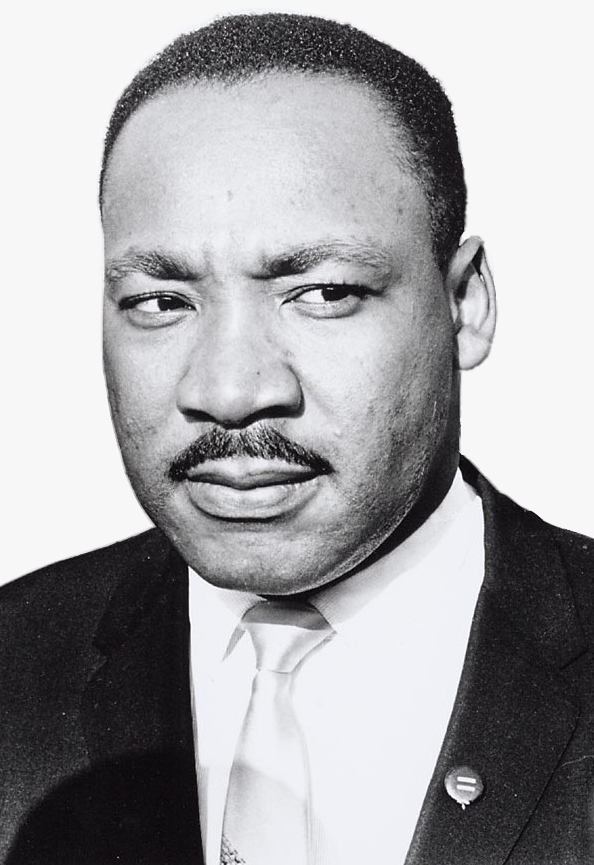
What if the secret to understanding one of history’s most beloved leaders wasn’t his orations, but what was on his plate? Martin Luther King Jr. is remembered for his high-flying oratory and unshakeable conviction, yet the foods he enjoyed reveal a more personal narrative a man deeply entrenched in Southern heritage, family, and the familiarity of well-loved flavors.
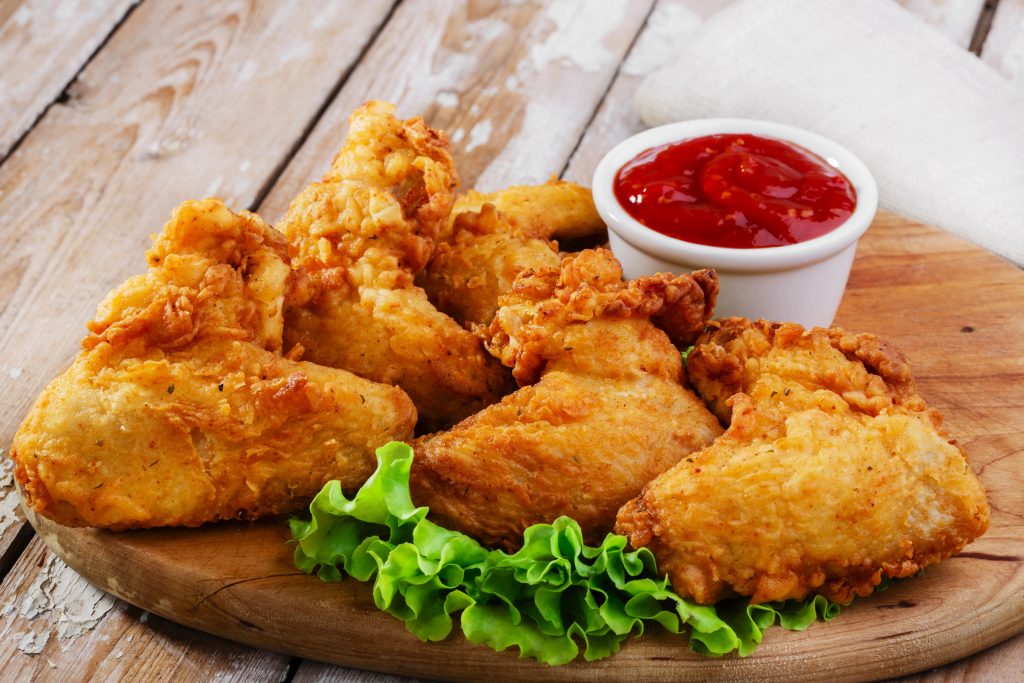
From Sunday supper fried chicken to nips of pecan pie that brought back memories of his Georgia heritage, King’s dining choices were not merely a matter of taste they were identity. They bound him to his childhood, to his people, and even to the Civil Rights Movement as a whole, where supper was frequently a planning session.
This is not just a menu of what Dr. King ate it’s a menu of the cultural heritage fried, baked, and stewed into each dish. Here’s how his favorite foods tell a story of resiliency, joy, and the strength of coming together around a table.
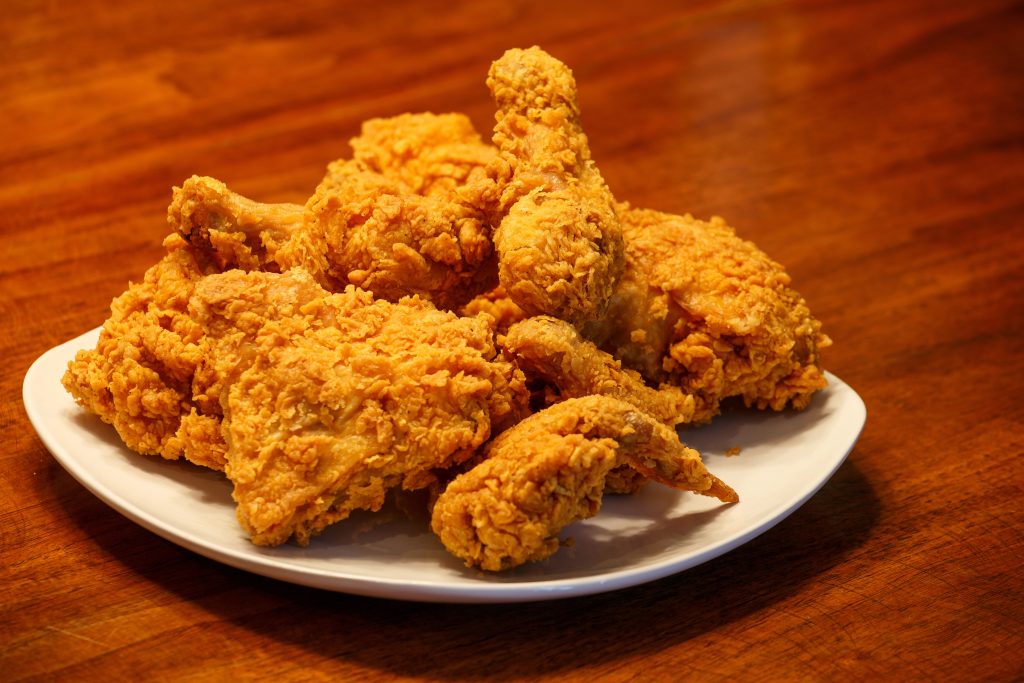
1. Fried Chicken: A Sunday Staple With Deep Roots
Fried chicken wasn’t merely dinner for Dr. King it was ceremonial. Family and friends remembered the way he particularly relished it at large Sunday dinners, a tradition within most Southern Black families. The crunchy, golden-brown exterior and the juicy interior conveyed beyond taste it conveyed tradition.
As historian Frederick Douglass Opie has put it, King might feel just as at home in a white-tablecloth restaurant as in a neighborhood “around the way” restaurant with such fixtures as fried chicken. But this dinner also has heavy cultural baggage. As is examined in studies of food symbolism, fried chicken has been at times an authentic symbol of Southern cuisine and at other times an inferior stereotype. Deserving of its place in the life of King is to give it due for uniting individuals within community gatherings and to recognize its history with many faces.

2. Pecan Pie: A Taste of Georgia on Every Table
Pecan pie was Dr. King’s favorite dessert, the sweet reference to his Georgia roots. Friends and fans alike celebrate his birthday with a slice, keeping alive a tradition that ties him to the pecan trees of the South.
Pecans themselves are a Southern touchstone, and the rich, nutty filling of the pie is redolent of the farm culture of the South. Over the course of the 20th century, pecan pie was a symbol of Southern hospitality, served up at holidays and special occasions. It was probably more than a luxury for King it was a flavor of home that rooted him in the midst of leadership demands.
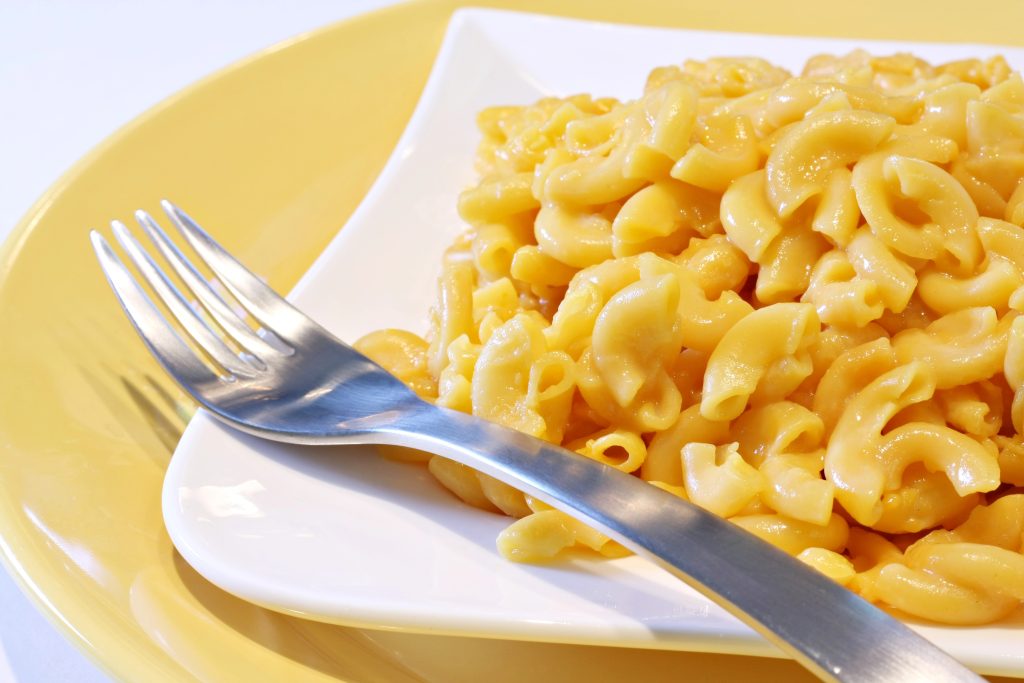
3. Macaroni and Cheese: Comfort with a Revolutionary Past
Macaroni and cheese was the favorite of the king, but how it got to his table is only a fraction of a much bigger story. Macaroni and cheese became popular in African American cuisine when James Hemings, Thomas Jefferson’s enslaved French-trained chef, introduced “macaroni pie” to America.
By the middle of the 20th century, it was a staple of soul food, valued for its richness, creamy and cheesy. To King, it was comfort food to the extreme straightforward, comfort-providing, and ideal for gatherings. To the culture, it’s a testament to how African American cooks assisted in shaping American food ways on their most basic level.

4. Collard Greens and Cornbread: The Soul of Southern Suppers
King’s fondness for collard greens topped with spicy cornbread is an act of healing and symbolism. Slow-cooked and low collards seasoned with smoky seasoning have been a staple in the African American kitchen for generations, their roots West African leaf greens. Oven-baked cast-iron skillet cornbread serves as a warm, slightly sweet foil.
These weren’t sides, but the table centers of community dinners, nourishing bodies through days of activism. Like at Civil Rights-era gathering points such as Atlanta’s Paschal’s, greasy plates of cornbread and greens accompanied political planning and camaraderie.

5. Peach Cobbler: Sweet Comfort From His Mother’s Kitchen
Peach cobbler was only slightly below pecan pie on King’s list, and his mother’s recipe was his first choice. The fruit peeking up through the batter, the crunchy crust, and the cozy spices of this quintessential Southern dessert were heaven-sent for Georgia, where peaches are the state’s pride and joy.
In the South, cobblers are not recipes-they’re love, and frequently made for family reunions, church socials, and community events. For King, peach cobbler probably called to mind the flavor of childhood and the warmth of family, even when he was thousands of miles from home.
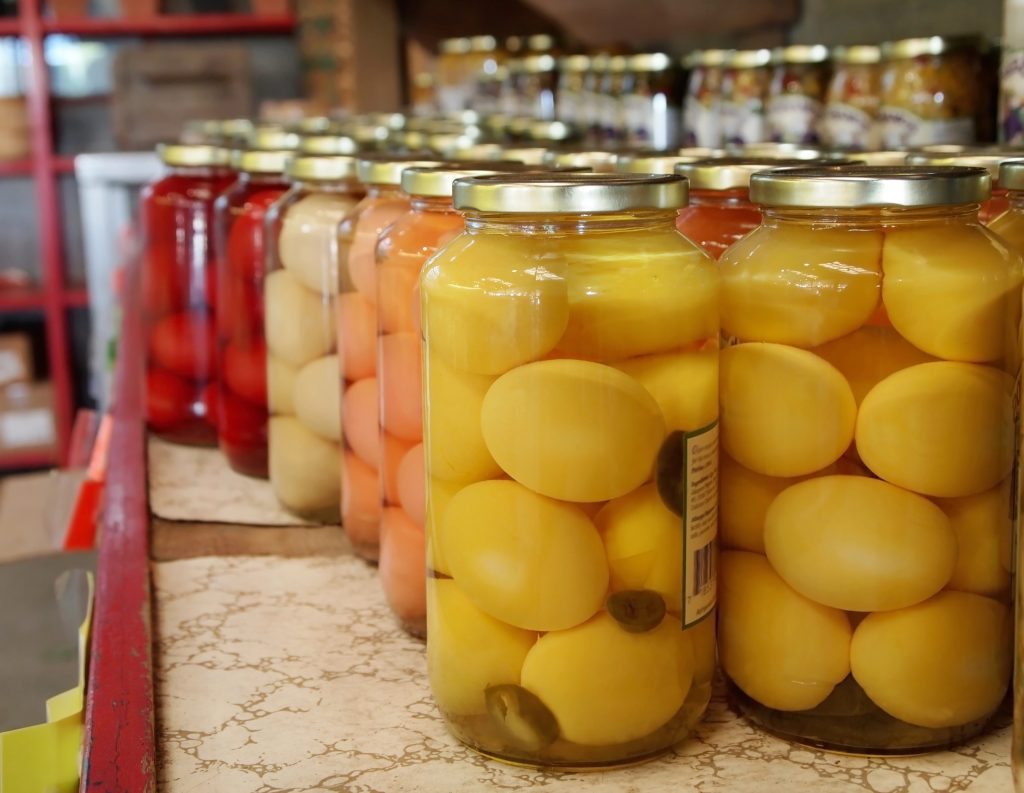
6. Pickled Favorites: Travel Snacks With a Tang
Traveling, King also enjoyed pickled pigs’ feet and pickled eggs convenient, flavorful foods appropriate to a hectic travel schedule. Pickling is an old Southern tradition, a way of preserving foods before there was refrigeration.
These bite-sized tarts are also a draw for a palate created by strong flavors and creative preparation. During the Civil Rights Movement, when mobility was relentless, these foods were convenient, keeping him fueled through speeches, meetings, and marches.

7. Restaurant Favorites: Where Food and Movement Met
Some of King’s most well-known meals took place in restaurants which also served as gathering places for the Civil Rights Movement. At Atlanta’s Paschal’s, he sipped vegetable soup and other Southern staples as he sat down with leaders such as John Lewis and Hosea Williams. At Montgomery’s Chris’ Hotdogs, chili-drenched hot dogs were served to him between sermons at Dexter Avenue Baptist Church. And at New Orleans’ Dooky Chase’s, gumbo and ribs in a room where strategy and solidarity were unfolding.

These weren’t just restaurants these were safe spaces, where decent grub sustained tough conversation and historical decisions. They remind us that in King’s universe, a communal meal could be as potent as a war cry.
Martin Luther King Jr.’s cuisine was not lavish these were soulful, sustaining, and rich in Southern heritage. Every meal is a testament, not only of his own inclinations, but of a people who derived strength from food as a way of life for survival, identity, and community. In celebrating these meals, we celebrate not only the individual, but the people and the histories that sustained him.


